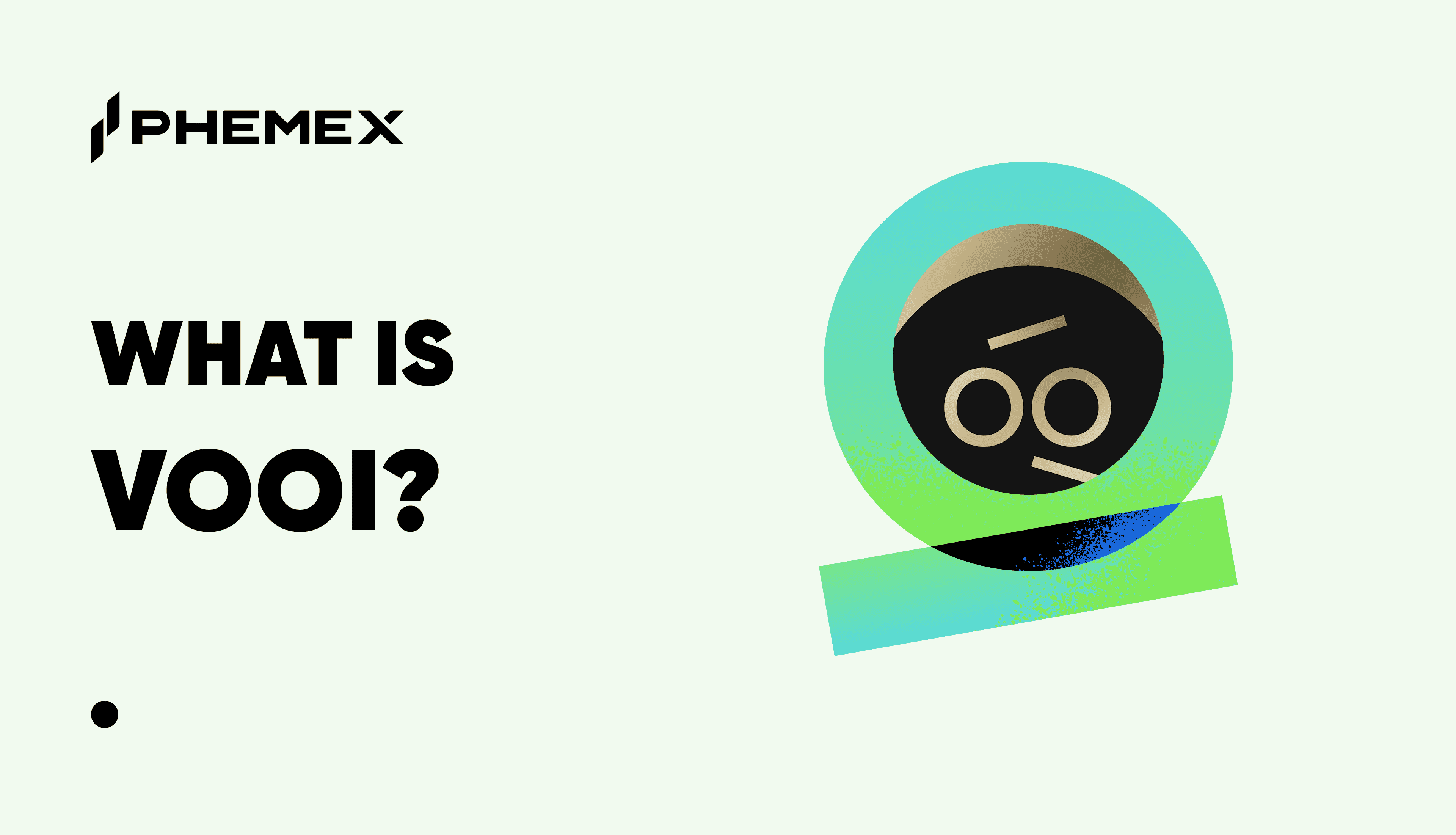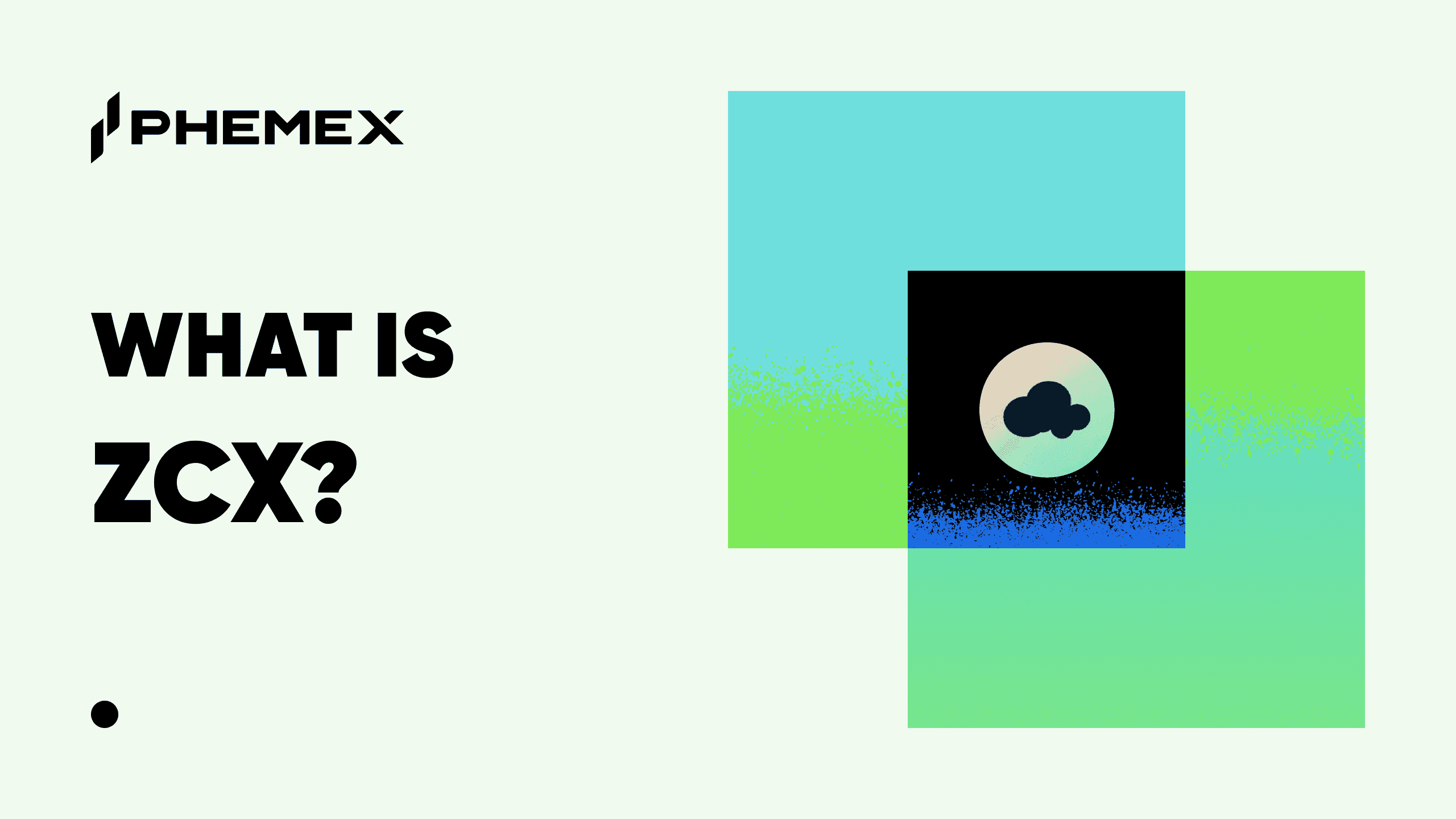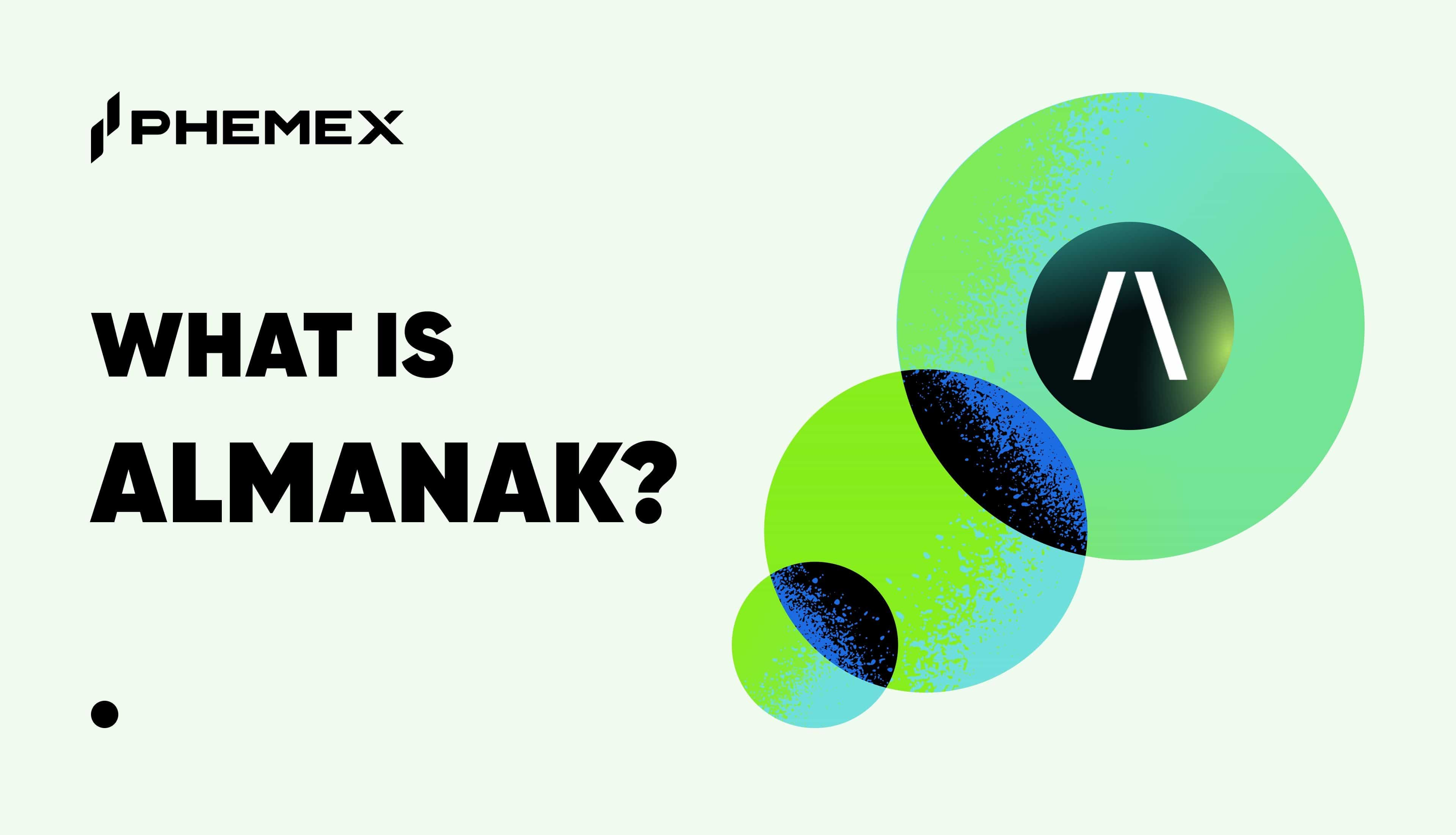While the concept of lending is nothing new, its practical application in digital finance is yet to be clearly defined. Projects like Aave (AAVE) are seeking to help create that definition, a fact that has contributed to the platform’s early and continued success. The platform’s native crypto, AAVE, has a token price of $163.52 and a market cap of $2.2 billion, meaning there are just over 13.5 million AAVE in circulation. But what exactly is Aave, and how does it distinguish itself?

What Is Aave?
Aave is a decentralized finance (DeFi) lending system, which essentially means it is a lending system that does not answer to a governing body such as a bank or government. Built on the Ethereum blockchain network, Aave has rapidly established itself as a major DeFi platform for cryptocurrency investors.
Aave started as ETHLend, a peer-to-peer lending platform based on Ethereum. After establishing the platform, ETHLend set up Aave as a London-based parent company. Aave is a Finnish word meaning “ghost.”
In early 2020, ETHLend closed its doors, and Aave launched Aave Protocol as an open-source lending platform with decentralized liquidity.
Aave now ranks firmly among the top five DeFi protocols, accounting for around 13% of the total value locked in DeFi at the time of writing. In August 2020, it became only the second DeFi project to overtake MakerDAO for the title of most valuable in terms of locked ETH.
Even with this success, Aave has proven its ability to stay at the top of its game by innovating and improving with new features and upgrades.
Is Aave a Money Market?
The core feature of Aave, and the one that it launched in January 2020, is decentralized money markets that enable users to lend and borrow cryptocurrencies. It operates based on the principles of a liquidity pool.
Rather than matching a lender to a borrower, lenders deposit funds into the Aave liquidity pools, ensuring a continuous supply of funds available for borrowers. The pools are designed to keep a portion of funds in reserve, which ensures that lenders can always withdraw their funds, and to act as a hedge against volatility. There are currently 22 markets on Aave, covering a variety of Ethereum tokens and stablecoins.
Interest rates for borrowers are determined using an algorithm, which will increase based on the level of assets in a pool. This model ensures that if the asset reserves become lower, lenders are incentivized to make more deposits to earn more interest.
The protocol requires that borrowers overcollateralize their loans as another means of hedging against crypto’s volatility.
Anyone depositing funds into the Aave protocol receives aTokens, which represent the value of their deposit. These are interest-bearing tokens pegged 1:1 to the value of the underlying digital asset. Some other protocols also support aTokens. For instance, Yearn Finance launched an automated market maker for aTokens in September of 2020, which allows users to earn transaction fees for depositing aTokens in a liquidity pool, as well as the interest they accrue through Aave.
What Makes AAVE a Top DeFi Project?
The key concepts that distinguish Aave from other DeFi platforms include the following:
1 Aave’s Lending and Pooled liquidity
Rather than borrowing funds from Aave, users borrow from other users on the platform. These lending users agree to deposit funds into collective pools, each lending as much as they see fit. The borrowers then take funds from their chosen pool, and the debt is distributed between the lenders that contributed funds to the pool. These lenders then earn in accordance with the amount they have each individually contributed to the loan — a process commonly called yield farming in cryptocurrency terms.
2 Aave’s Flash loans
Flash loans are a type of uncollateralized loan, meaning the borrower is not required to submit funds in order to secure lending. In cryptocurrency, these loans are executed by smart contracts, which are basically automated programs that enforce certain pre-defined conditions of the loan they represent.
In fact, Aave was one of the first projects to market with flash loans. Since flash loans allow users to borrow funds without collateral and they are managed by a smart contract that requires the loan is repaid within the same Ethereum transaction in which it’s borrowed, the loan never updates the user’s account balances. The smart contract is programmed to ensure that the loan transaction will fail if it isn’t repaid before the Ethereum block is confirmed. This means the loan only exists for a very short time.

Flash loans (Source: Finematics)
So, for example, if a loan must be repaid by a certain date lest the borrower be subject to certain penalties, a smart contract can help enforce those penalties. Flash loans consolidate borrowing and paying into a single transaction, and can be made almost instantaneously on several networks. However, of these networks, Aave is almost certainly the largest, having made over $5 billion from flash loans alone as of December 2021.
DeFi traders use flash loans for a variety of purposes. Arbitrageurs take advantage of price discrepancies between different exchanges or engage in collateral swaps.
3 Aave’s Native tokenization
Aave uses its own native, or built-in, cryptocurrency token — called AAVE or AAVE crypto. In the next section, this is examined in greater detail.
What Is The AAVE Crypto?
The AAVE token formerly used the ticker LEND, a hangover from the previous ETHLend brand. It changed to AAVE in 2020, with token holders swapping their LEND for AAVE at a 100:1 ratio.
The AAVE token plays two roles on Aave’s platform:
- Governance: AAVE holders have the option to vote on any changes made to the Aave system, which are called Aave Improvement Proposals (or AIPs).
- Exchange: AAVE, when used on Aave’s platform, offers its holders discounts on trading fees. This means that it can potentially represent a better, or at least less costly, way of trading on Aave.
AAVE is a deflationary token, which means that almost 80% of the AAVE fees collected on the platform are sent to a wallet with no private key, effectively losing them forever. In this way, the token supply is reduced, increasing the value of the remaining tokens in circulation — a form of anti-inflation, if you will. This token removal process is called token burning in cryptocurrency terminology.

A visual representation of AAVE, Aave’s eponymous token (source: CryptoBriefing)
AAVE is among the best-performing DeFi tokens, currently only behind Wrapped BTC and Uniswap’s UNI in terms of market capitalization.
Aave actually issues a second token in addition to AAVE, although it is far less versatile in its usage. These secondary tokens are known as aTokens, acting as the currency which is given to lenders to allow them to receive interest from still-outstanding loans.
Aavegotchi – Fusing DeFi with Non-Fungible Tokens
One of the most recent developments to emerge from the Aave camp is Aavegotchi. Aavegotchis are ERC-721 non-fungible tokens represented by pixellated ghosts. Like Cryptokitties, their value is based on how rare they are, with the rarest Aavegotchi’s fetching the highest value.
Each Aavegotchi manages an Ethereum address that holds aTokens in escrow, meaning that users can earn interest from holding Aavegotchis. The app effectively gamifies DeFi by introducing the collectible element.
At the time of publication, Aavegotchi is still very new. In January 2021, the project confirmed it was migrating from Ethereum to the layer two Matic Network due to speed and high congestion fees on Ethereum.
It will be intriguing to see if this convergence of DeFi and NFTs achieves success, as it will potentially lay the ground for future projects to replicate and innovate further.
AAVE Token Price Analysis
AAVE’s price saw a meteoric (though perhaps slightly delayed) rise after launching. When LEND was first converted into AAVE, on October 5, 2020, it was being traded at a token price of $53.20. It remained in this stable trend throughout the months of November and December 2020, and although rising slightly almost the entire time, the price never surpassed $70 — at least until the very end of December 2020. By January 2021, however, things had begun to change, and rapidly.

AAVE price from late 2020 to early 2021 (source: CoinMarketCap)
During January 2021, the price of AAVE began to skyrocket. By gaining the trust of its consumers and providing an easy-to-use platform, AAVE’s price rose from under $90 to just over $300, and the trend did not stop there. Having cornered their section of the market (DeFi lending), Aave’s crypto price continued its steep ascent. By May 5, 2021, AAVE had climbed to a staggering all-time high of $632.27.
AAVE’s price has never before or since achieved such heights. By the June 25, 2021, AAVE’s price had sunk as low as $186.97 — the lowest since its initial rise back in January of the same year. Whether this was because Aave’s product had reached peak marketability, or simply due to the rise of competitors in the industry, is hard to know. However, AAVE’s price soon stabilized again and managed to maintain an average of around $300 until December 2021. The mini-cryptocurrency crash that has since hit the market has affected almost every single altcoin, and in this AAVE is no exception.

Complete price history for AAVE (source: CoinMarketCap)
By January 22, 2022, AAVE’s price had fallen as low as $146.42. While this may be concerning, it is important to understand that this actually represents a relatively small downturn. Many altcoins have performed poorly from the end of 2021 into the beginning of 2022, and AAVE is still doing much better than many of its competitors.
How Can AAVE Be Used?
AAVE stands in contrast to the many DeFi tokens that have little to no practical use. This is because Aave’s user base is already substantial, and growing by the day. AAVE has been specifically designed for use on Aave’s platform and, as such, provides a number of benefits to its holders:
- Discounted trading fees: AAVE holders have access to discounts on trading fees when using Aave’s platform.
- Fee-free loans: AAVE holders can access small/moderate loans without paying any fees.
- Lend at an interest: Just owning AAVEgives users full access to Aave’s platform, meaning that holders can lend out their AAVE. This allows them to earn a passive income from the interest generated.
- Collateral discounts: Users that offer up AAVE as collateral can gain additional discounts when taking out a loan, should they require one.
- Loan increase: AAVE holders can take out larger loansthan what is usually permitted, meaning quite simply that they can borrow more than non-AAVE holders on the platform.
In addition to all this, professional traders can speculate on the price of AAVE, allowing them to buy low and sell higher at a later time for a profit. However, it’s perhaps worth noting that short-term traders are required to pay cryptocurrency taxes when they sell AAVE tokens.
Who Is Behind Aave?
Aave was founded by Stani Kulechov — an experienced programmer who became interested in fintech and especially Ethereum while studying law at University of Helsinki. Having identified a lack of lending applications for Ethereum (ETH), Kulechov launched the ETHlend platform in September 2017. By September of the following year, the company had rebranded itself as Aave, which means “ghost” in Finnish (hence the company’s ghost logo). Kulechov continues to serve as Aave’s CEO.
Aave first launched AAVE on November 29, 2017, by way of an initial coin offering (ICO). ICOs raise money for a cryptocurrency’s launch by selling the crypto to interested entrepreneurs before it’s officially in circulation. In addition, an ICO allows the company to both understand their potential customers’ level of interest and place an initial value on the tokens themselves. AAVE raised over $16 million during its ICO, for the sale of over one billion AAVE tokens — then called LEND.
In 2020, LEND was completely overhauled and replaced with AAVE, with each 100 LEND being equivalent to a single AAVE token. This resulted in 16 million cryptos being removed from the market overnight, keeping in line with Aave’s deflationary token ideology.
Regulation on AAVE
DeFi is currently unregulated. However, Aave is exceptional in that it has obtained an Electronic Money Institution (EMI) license from the UK Financial Conduct Authority. The FCA does not currently regulate DeFi activities. However, the license is an indicator that Aave intends to introduce fiat integrations in the future, which would be regulated by the FCA.
In a statement from August 2020, Stani Kulechov, founder and CEO of Aave, stated that the Aave protocol would remain decentralized and governed by the Aave DAO. However, he confirmed that the company would seek licenses to ensure it can onboard users into the Aave ecosystem in a compliant way.
Aave Ltd, the company behind Aave, has a separate website that indicates more news on these developments will be forthcoming in the future.
What Is The Future of Aave?
A massive question mark is currently hanging over the cryptocurrency industry as a whole, and there’s a lack of consensus among analysts regarding AAVE’s future. Some seem certain that the crypto’s recent downtrend is only the beginning of a much larger and looming price drop. Others, however, seem convinced that AAVE’s price will explode during the next few years, with some even going so far as to predict prices reaching $800 or higher by 2025. Again, while this may come true, caution is advised. As with any uncertain business venture, it’s important to remember to never invest more than you can afford to lose.
Conclusion
AAVE is an outstanding performer in its field. Even the massive cryptocurrency sell-off that occurred at the end of 2021 has not managed to significantly cripple its ascent.
However, whether or not you are interested in AAVE, it is Aave’s business model — not its native token — that has allowed the platform to succeed so reliably since its inception. If cryptocurrency is truly here to stay, and DeFi platforms wish to usher in a new online currency system, the implementation of functional lending applications will almost certainly be vital. Aave has done this to some degree, by allowing their customers a first glimpse of a future that includes digital currency as one of its primary forms of exchange. Perhaps we will hear more from this company when the cryptocurrency market fully recovers, as many predict it will.
Aave’s entry into the DeFi ecosystem has leveled up the lending and borrowing landscape, introducing more sophistication to the DeFi money markets. Beginners in DeFi lending and borrowing may be more comfortable with a platform such as Compound, which is more straightforward. However, for those with more experience in DeFi or finance in general, Aave offers more markets and features that may be attractive, such as flash loans and interest rate switching.
Overall, Aave has established itself as one of the leading DeFi projects at the cutting-edge of innovation. It is well-primed to exist long into the future.
For any inquiries contact us at support@phemex.com
Follow our official Twitter | Join our community on Telegram
Trade crypto on the go: Download for iOS | Download for Android
Phemex | Break Through, Break Free
Read More
- What Is DeFi: How To Be Your Own Bank With $100
- Aave (AAVE) vs Compound (COMP): Which Is The Better Staking Platform?
- What Are Decentralized Applications (dapps)?
- https://phemex.com/academy/defi
- Blockchain Analytics: 11 Free Crypto Research Tools You Need
- Resurgence of DeFi: LINK, AAVE, and New Developments like HYPE
- DeFi vs. CeFi: Understand The Differences
- What is Crypto Lending?











